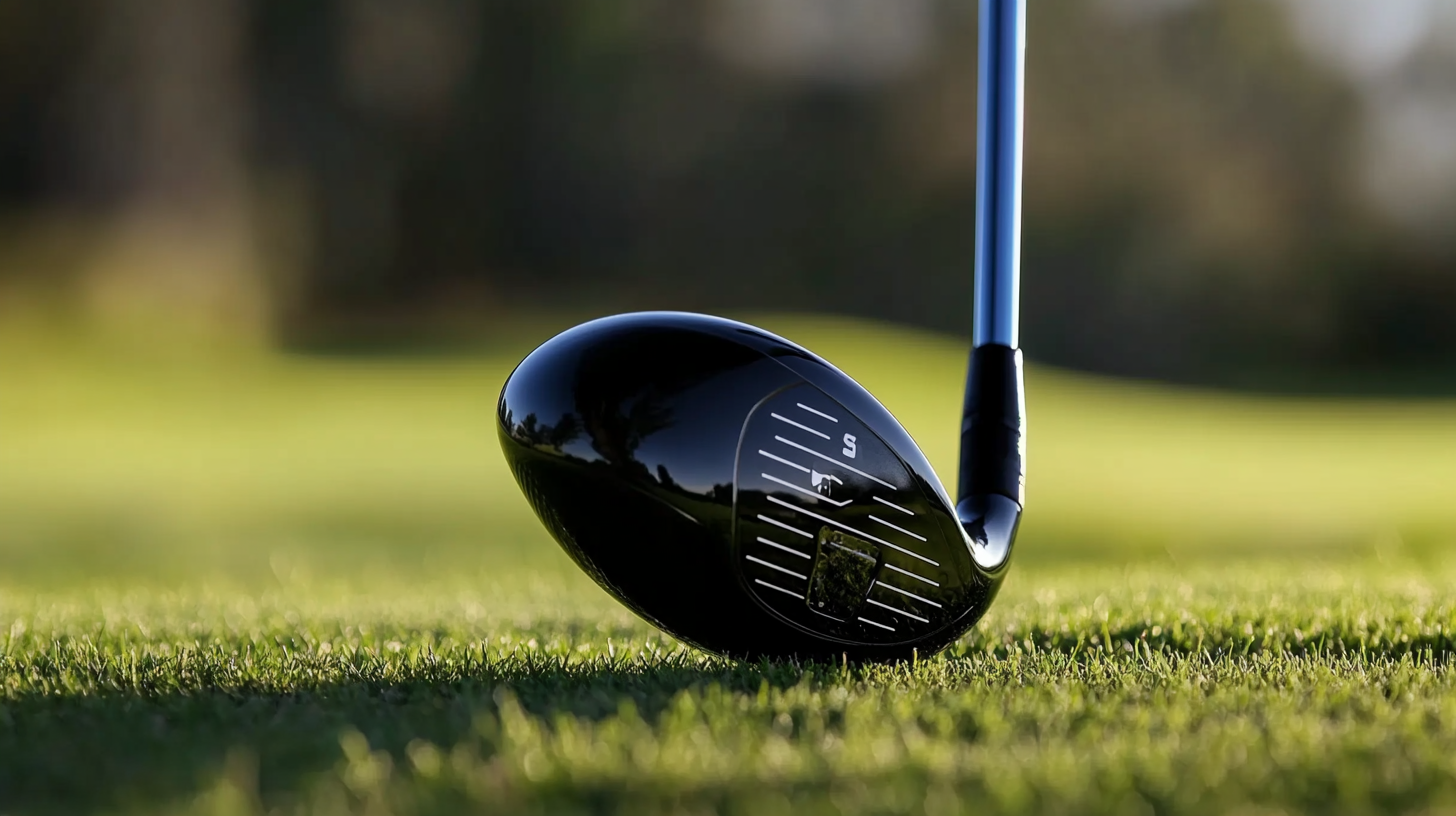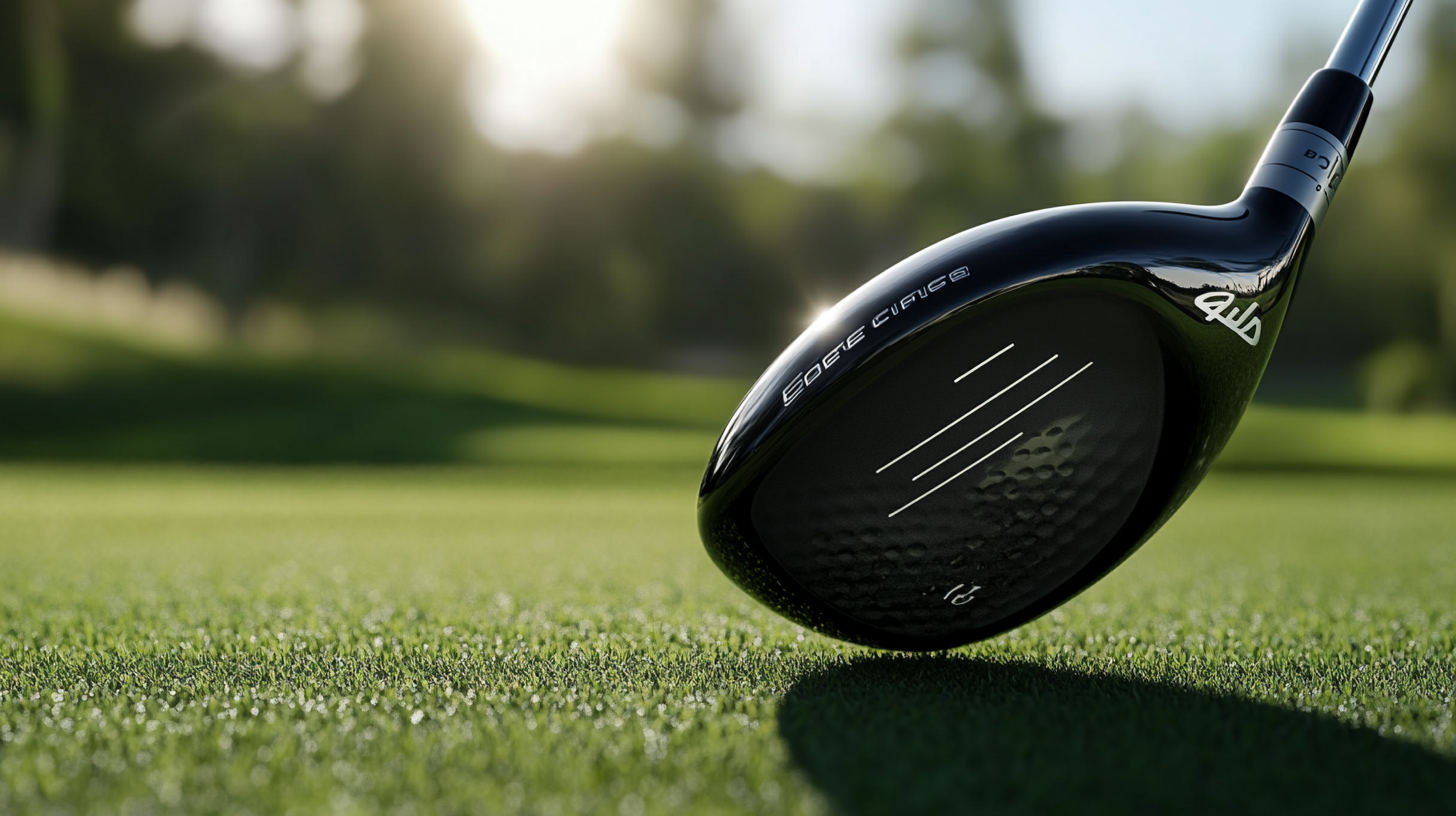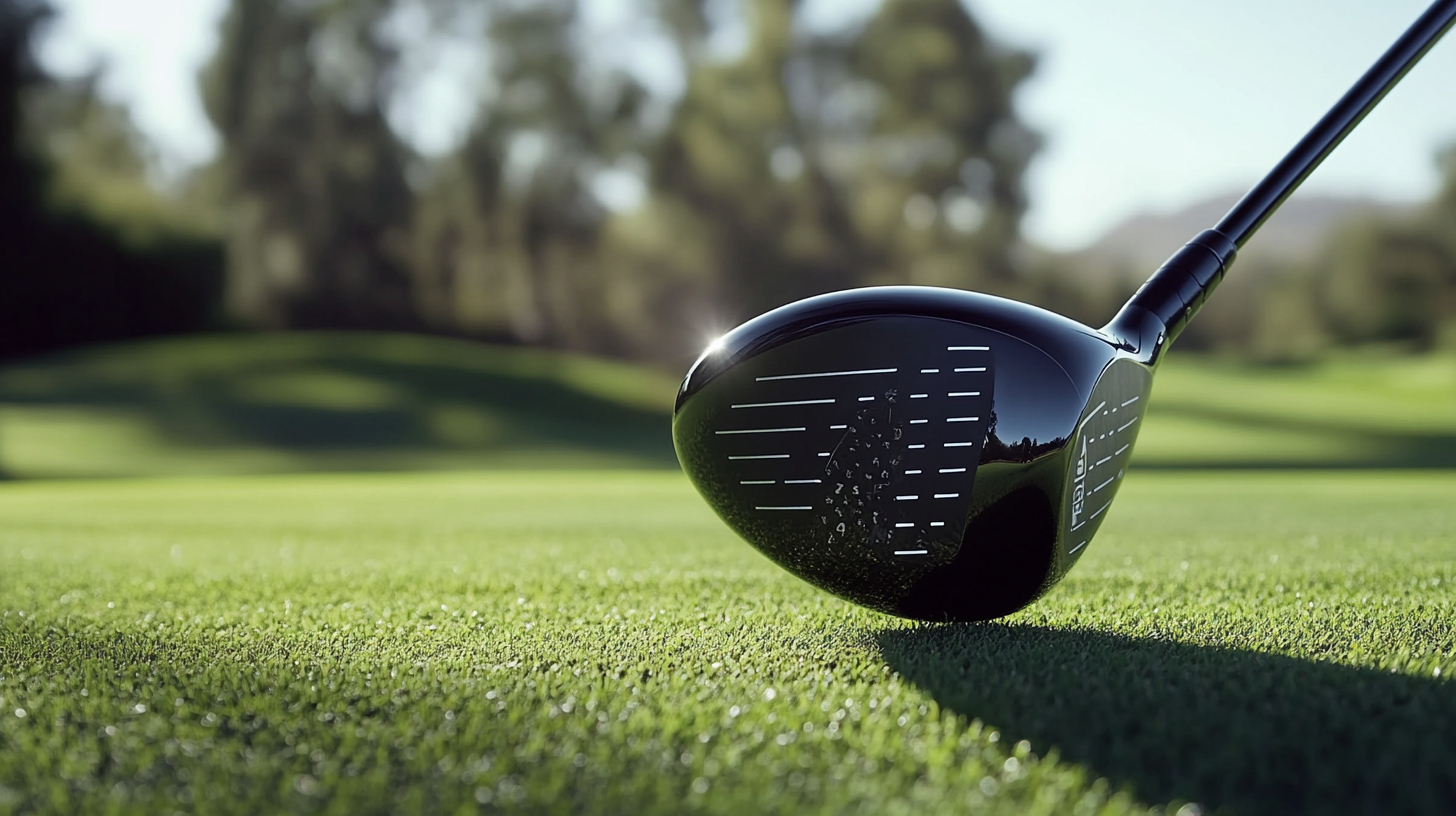

The evolution of the Golf Driver has significantly transformed the way players engage with the game, enhancing performance not only on the course but across various industries. According to a recent report by the National Golf Foundation, in 2021, approximately 24 million Americans played golf, showcasing a growing interest in the sport and the technologies that drive it. The modern Golf Driver, engineered for precision and efficiency, addresses common challenges faced by golfers, such as distance, accuracy, and swing speed. Innovations in materials and design, including adjustable weights and aerodynamic shapes, have led to improvements in player performance metrics, such as average driving distance increasing by 15 yards over the last decade. This blog will explore real-world applications of the Golf Driver and highlight industry-specific problems addressed by these advancements, emphasizing how they revolutionize not only golf but also influence fields like sports technology and physical therapy.

The world of golf drivers has undergone significant transformation in recent years, driven largely by advances in materials science and innovative design principles. Modern golf drivers are often constructed from lightweight yet durable materials like titanium and carbon fiber, which enhance swing speed without compromising strength. This combination allows for larger clubheads and more forgiving sweet spots, giving players improved accuracy and distance on their shots.
Moreover, advancements in technology have led to the development of customizable features in golf drivers. Adjustable weights and loft settings enable players to fine-tune their clubs to match their unique swing mechanics, providing a more personalized playing experience. In addition to these physical enhancements, cutting-edge computational modeling techniques are used to determine the optimal aerodynamics of clubheads, which further reduces drag and increases clubhead speed. These innovations not only revolutionize individual performance on the course but also have implications in various industries, showcasing how engineering and design can merge to elevate sporting standards.
| Dimension | Value | Impact on Performance |
|---|---|---|
| Clubhead Speed (mph) | 120 | Increased distance due to higher speed |
| Launch Angle (degrees) | 12 | Optimal for maximizing carry |
| Spin Rate (RPM) | 2200 | Improved control and accuracy |
| Weight (grams) | 300 | Better swing management |
| Material | Carbon Fiber | Lightweight and strong, enhancing club speed |
| Face Technology | Variable Thickness | Greater forgiveness on off-center hits |
| Shaft Flexibility | Regular | Enhances swing speed for a wider range of players |
The evolution of golf driver technology has significantly transformed player performance by optimizing swing mechanics. Recent studies indicate that advanced driver designs can enhance clubhead speed by as much as 5-10 mph, resulting in an additional 10-20 yards of distance per drive. For instance, according to a 2022 report from the National Golf Foundation, players utilizing high-tech drivers with lightweight materials and aerodynamically refined shapes reported improved average driving distances of 15% compared to traditional models.
Additionally, the impact of driver technology on accuracy is profound. A 2023 analysis from Golf Digest revealed that golfers using drivers equipped with adjustable weights and advanced face technologies experience a 20% improvement in shot dispersion. This means that not only are players gaining distance but they are also hitting more consistent shots, leading to better scores and overall performance on the course. The integration of artificial intelligence in club design further allows for personalized adjustments based on individual swing mechanics, ensuring that golfers can leverage the technology to optimize their personal game effectively.
In the quest for the perfect golf driver, recent comparative studies have shed light on the advanced technologies that significantly influence distance and accuracy metrics. According to a study by the United States Golf Association (USGA), the average driving distance in professional tournaments has increased from 240 yards in 2000 to nearly 290 yards today, largely due to innovations in driver design. High-performance drivers, featuring adjustable weights and advanced aerodynamics, are pivotal in maximizing both distance and control, allowing players across industries to enhance their game effectively.
A notable analysis by Golf Digest ranked top models based on distance and accuracy, showing that drivers like the TaylorMade SIM2 and Callaway Epic Speed outperformed their competitors. The TaylorMade SIM2, for instance, recorded an impressive average distance of 305 yards with a remarkable accuracy rate of 84% on the fairway. This level of precision is crucial not only for professional golfers but also for amateurs looking to elevate their performance. As more players adopt these cutting-edge drivers, the impact on overall game-fitness statistics and player satisfaction becomes increasingly evident, underscoring the transformative potential of technology in golf.

The intersection of aviation technology and golf driver design has opened new avenues for enhancing player performance. Recent studies from the National Institute of Aerospace reveal that advancements in aerodynamics, originally developed for aircraft, can significantly reduce drag and improve stability in golf drivers. For instance, applying computational fluid dynamics (CFD) modeling, similar to techniques used in the aerospace sector, has led to the creation of drivers with optimized head shapes that minimize air resistance during the swing. This innovation can result in an average distance increase of 10-15 yards for players, a substantial improvement that can impact game results.
Moreover, materials science breakthroughs, such as the use of lightweight carbon fiber composites seen in modern aircraft construction, have found their way into the golf industry. According to a report by the Golf Club Manufacturers Association, lightweight and durable materials can enhance swing speed without compromising strength. The incorporation of these materials into driver design allows for greater energy transfer at impact, elevating ball speed and providing a more powerful strike. This cross-industry knowledge not only boosts individual player performance but also sets a new standard for manufacturing excellence in sports equipment.
The emergence of advanced golf drivers has been a game-changer for players across various skill levels. Recent testimonials highlight how these high-performance clubs have significantly improved player metrics, including drive distance and accuracy. Golfers from amateur to professional levels are experiencing real-world enhancements in their game, thanks to the integration of cutting-edge technology in driver design. Players report not only improved consistency in their swings but also increased confidence on the course, enabling them to take risks they once deemed unattainable.
The latest reviews emphasize the best drivers for 2025 after thorough testing on launch monitors and during actual play. These top-rated models provide exceptional performance, particularly for those players seeking a forgiving driver that allows for off-center hits while still finding the fairway. As a result, golfers are not only playing better but also enjoying the game more, showcasing the transformative power of the best golf drivers available today. Such developments indicate that investing in advanced clubs can cater to individual needs, ultimately refining player performance across the board.
